To ensure you get a full and rounded picture of 2023’s most eagerly awaited computer wargame, THC will be running a series of articles on Second Front rather than one traditional review. In this, the first of those articles, I’ll endeavour to explain why, right now, my colleague, Roman, isn’t enjoying Hexdraw’s four-years-in-the-making debut quite as much as I am (I’m having a ball despite various difficulty, campaign, and AI-related gripes).
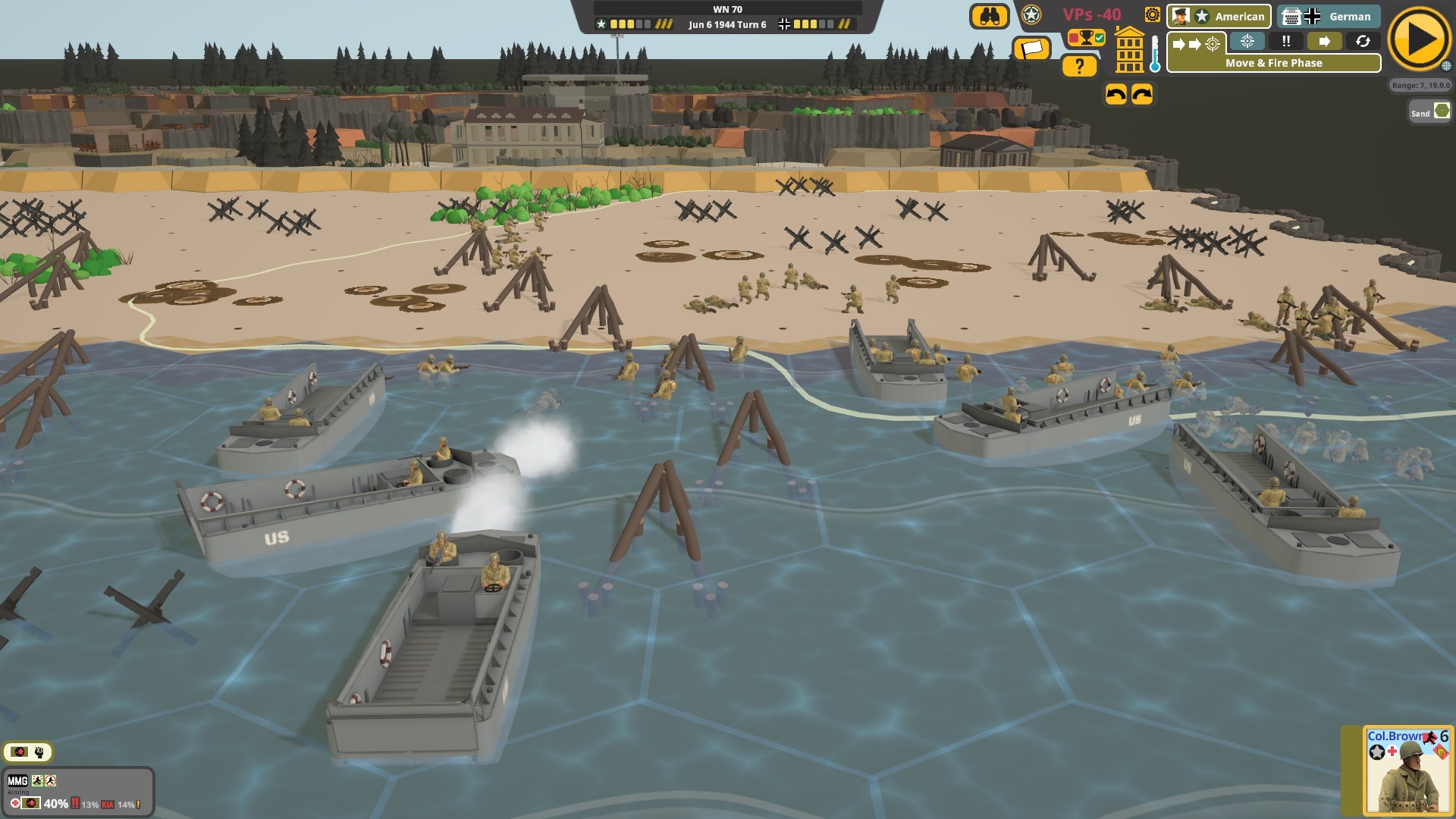
For those who don’t know my right-hand man, Roman discovered wargaming relatively late in life. The Close Combats were his gateway drug. From CC he moved onto the Combat Missions and Graviteam Tactics. While he isn’t allergic to rulebooks, and does wage war on hexed and squared battlefields from time to time, his approach to command leans towards the instinctive, and he prefers his venues gridless, his aggro naturalistic.
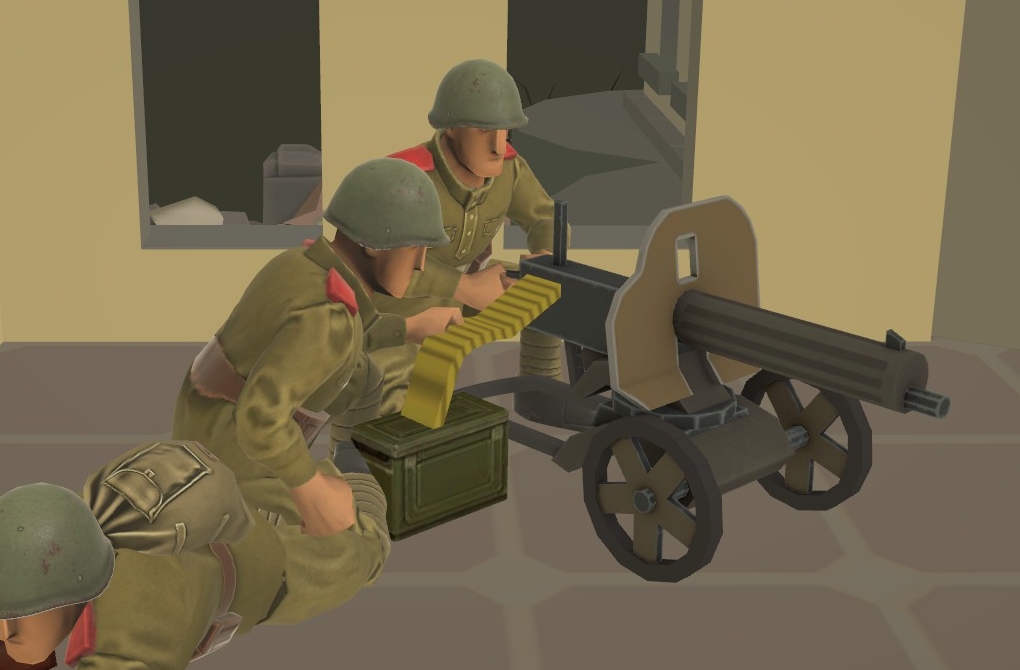
Never having played Advanced Squad Leader – Second Front’s cardboard touchstone – before, Roman is struggling with some of the newcomer’s inherited shorthand. In a nutshell, he doesn’t understand why a contemporary design, so fresh and modern in appearance, borrows, in his words, so many “clumsy realism compromises” from a “forty-year-old museum piece”.
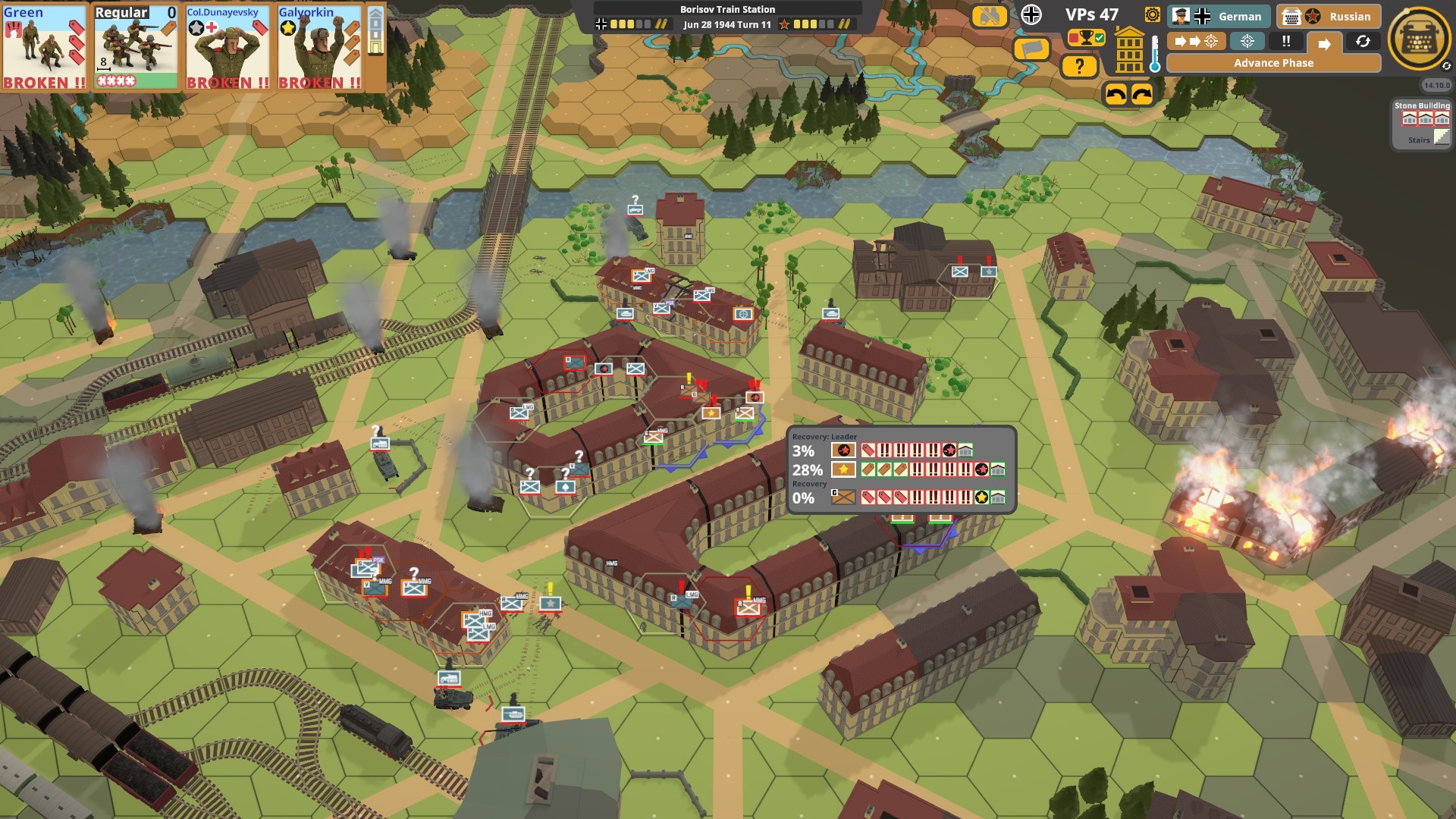
Top of his list of bugbearcubs is the way SF deals with range. Yesterday, I noticed him shaking his head at something on his screen. When I went over to investigate I discovered the cause of his disbelief/dissatisfaction was a situation not unlike the one pictured below.
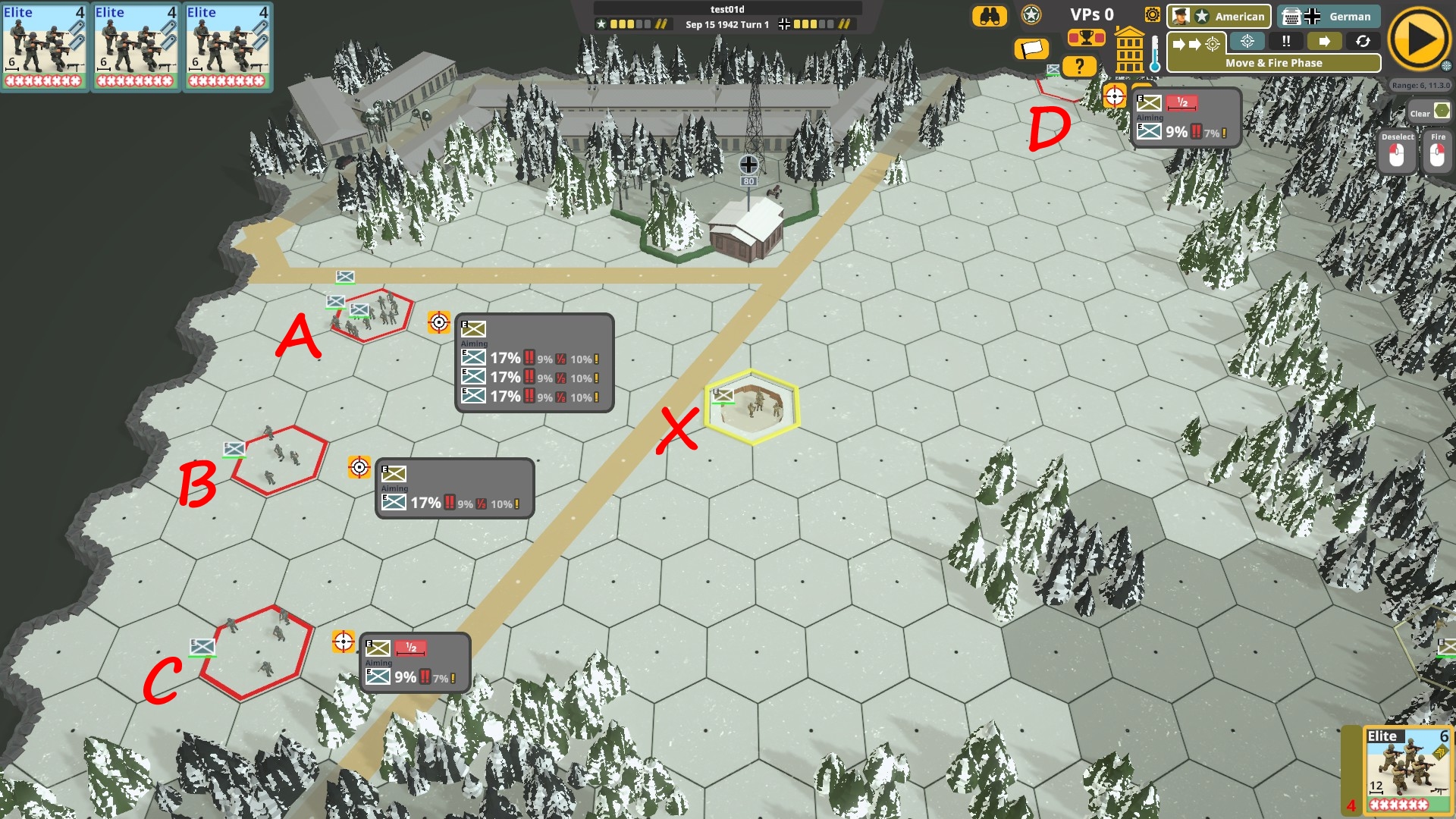
Because, mathematically speaking, SF only recognises four different ranges when it’s processing infantry attacks – out of range, long range (over half range), half range and under, and adjacent – one seemingly insignificant hexagon can mean a lot, or absolutely nothing, during a firefight. In the pic above, because targets A and B are only six spaces from unit X (which has a maximum range of 12) the US squad has almost twice as much chance of breaking* them with a fusillade than it has of breaking target C. Additionally, the extra hex of range means there is zero chance C will lose men if fired upon. Counter-intuitively, the most distant potential target, D, is precisely as vulnerable as C.
* Breaking is far more likely than casualties in most situations, and causes units to auto retreat. Broken units can be rallied.
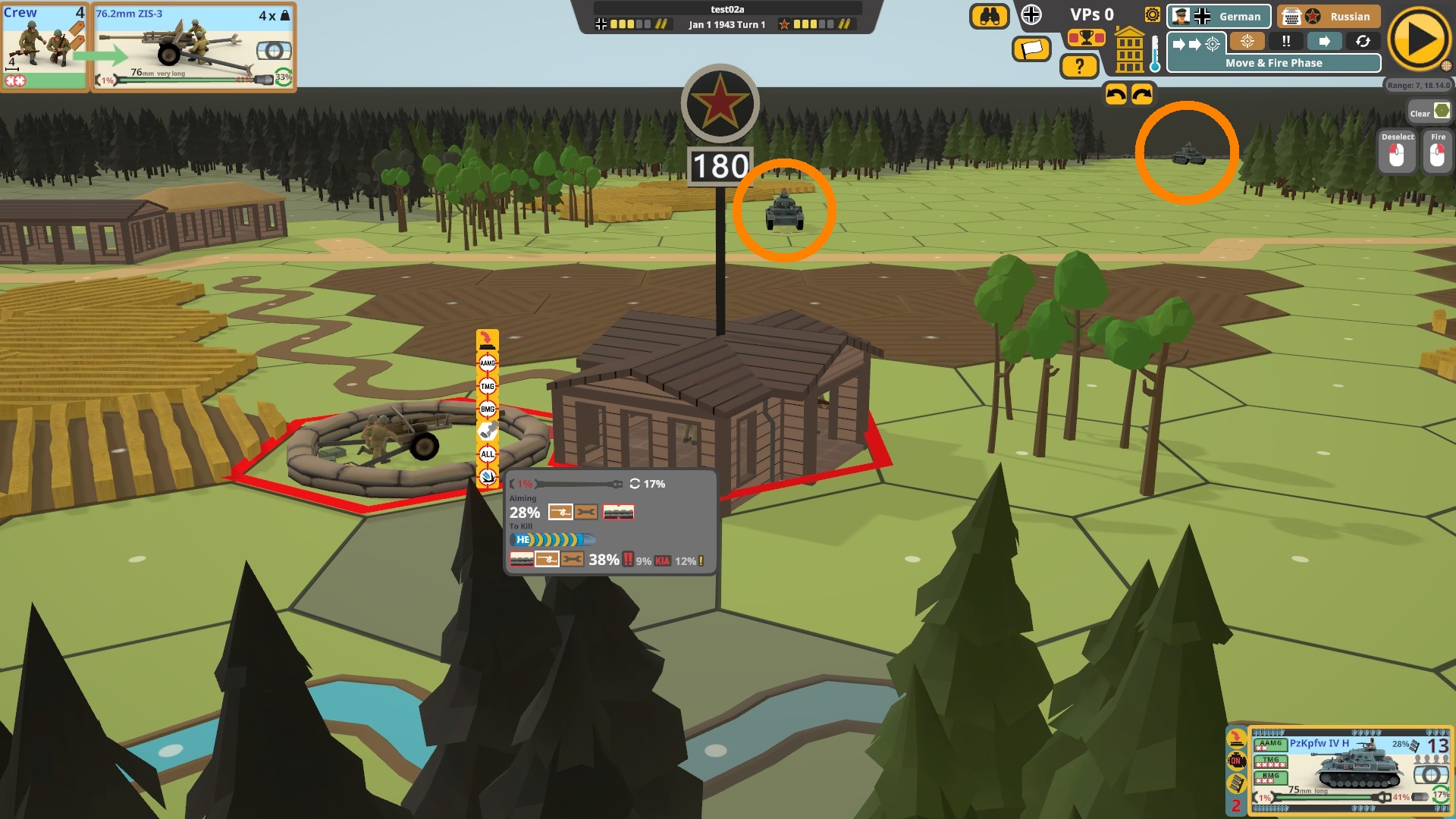
The game treats AFVs and AT guns with greater sensitivity, but realism-ravenous Roman isn’t entirely happy with the range-related arithmetic in this area too. Due to the size and configuration of the nine arbitrary range bands (1, 2, 3-6, 7-18, 19-24, 25-30, 31-36, 37-42, 43-50) employed when tanks expectorate, the two Panzer IVs ringed in the above image both have a 9% chance of KOing and a 12% chance of pinning the ZiS-3 with their first shot. Used to titles where every metre betwixt muzzle and aimpoint matters, my colleague doesn’t understand why SF doesn’t just “acknowledge every hex” when it’s working out combat odds. “Because that isn’t the way ASL does it” is the best answer I could come up with.
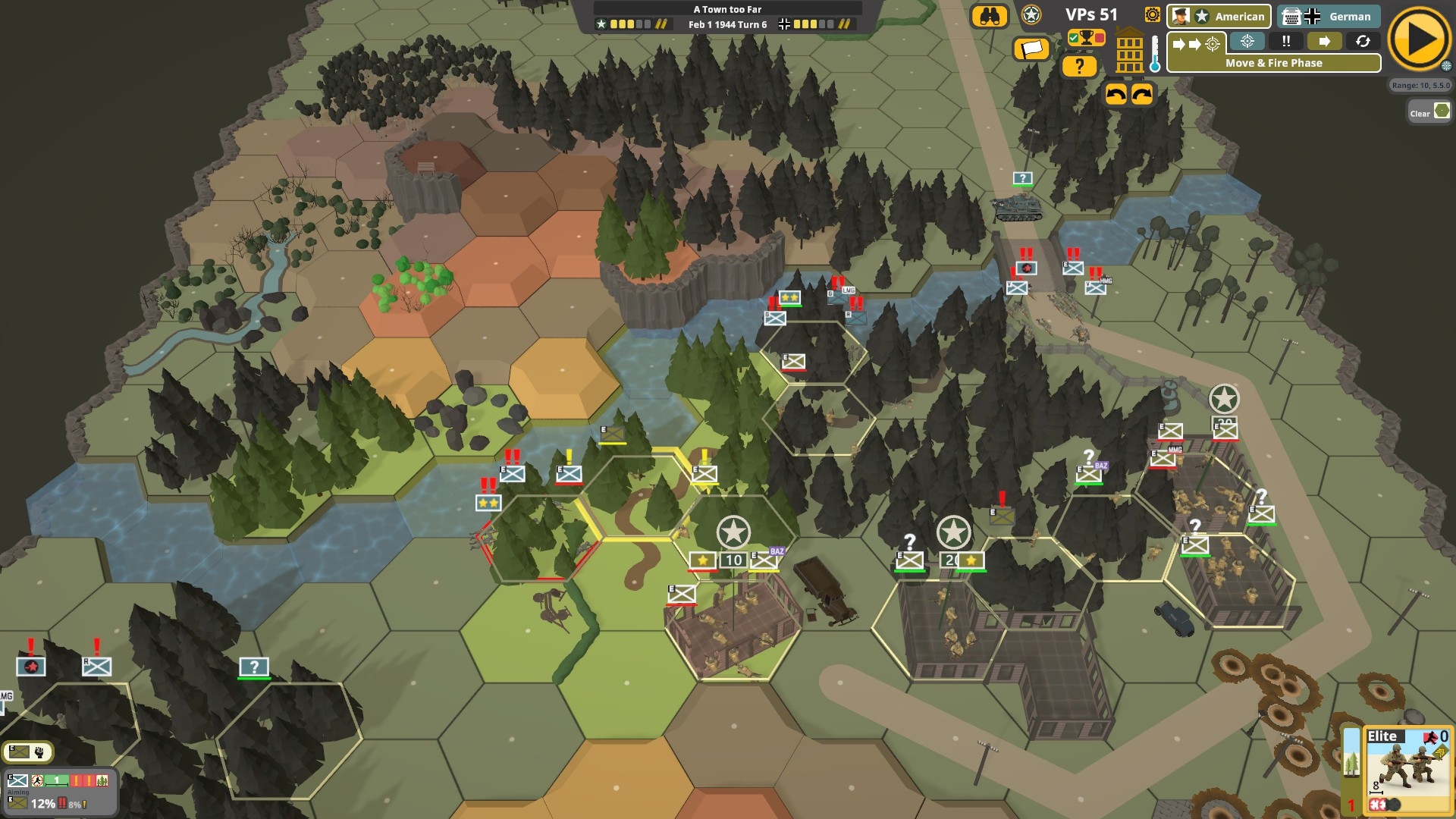
During the past seven days my compadre has also grumbled about ‘half squads’, “crowd culling”, and the “reload lottery”. For all intents and purposes SF squads have two hitpoints. If they lose one, they transform into half squads – weaker units with a reduced engagement range and two soldiers on their chits. If they lose two ‘strength steps’ it’s ‘Goodnight Vienna’. If you’re accustomed to battle sims that meticulously head and bodycount, this level of abstraction may well feel crude.
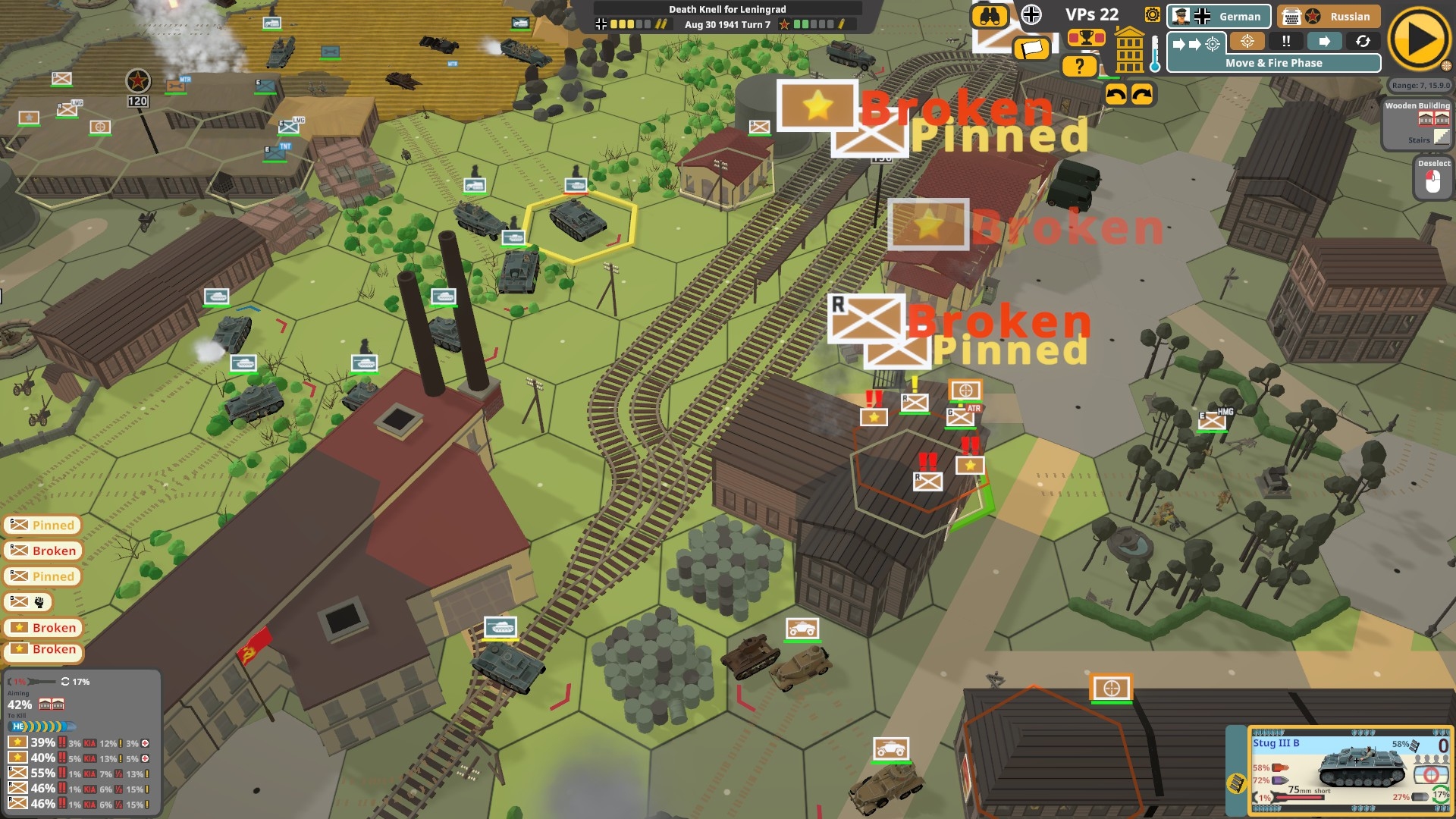
It took me a while to grasp Roman’s “crowd culling” complaint, but now I’ve understood it I must admit the issue bothers me too. In essence he believes SF treats attacks on hexagons occupied by more than one unit far too simplistically. Returning to this situation…

If X fires on B they have a 17% chance of breaking one German unit. However, if they choose to direct their ire at A, they have a 17% chance of breaking three separate enemy units with the same amount of lead. Even if A’s location was a building, all three tenants would be equally at risk from X’s emissions.
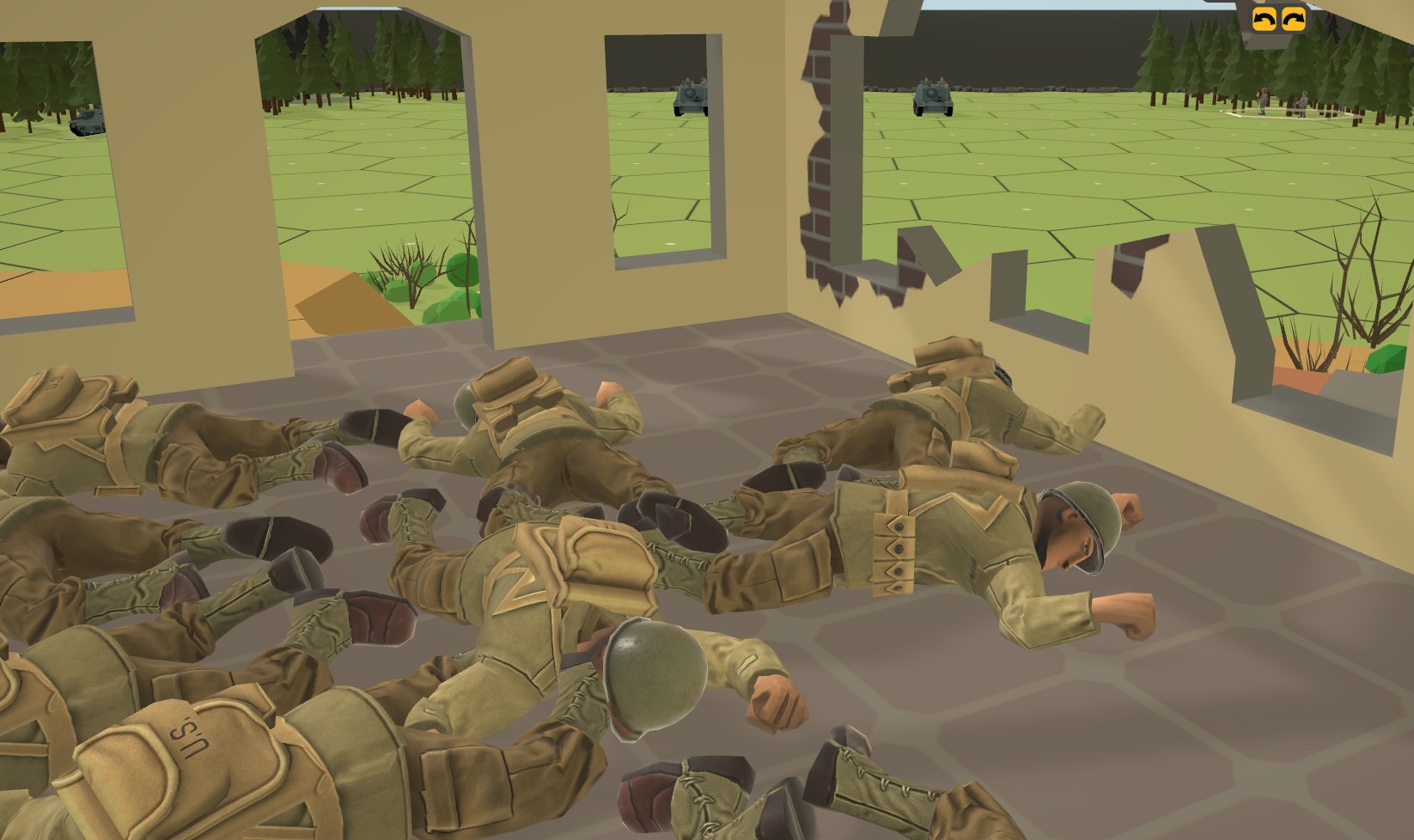
Having witnessed numerous ‘crowd culls’ – eye-wateringly devastating attacks on busy hexagons – my friend feels that a subtler system in which units rather than hexes were targets, or unit position within a hex was significant, would produce more plausible scraps. I see his point.
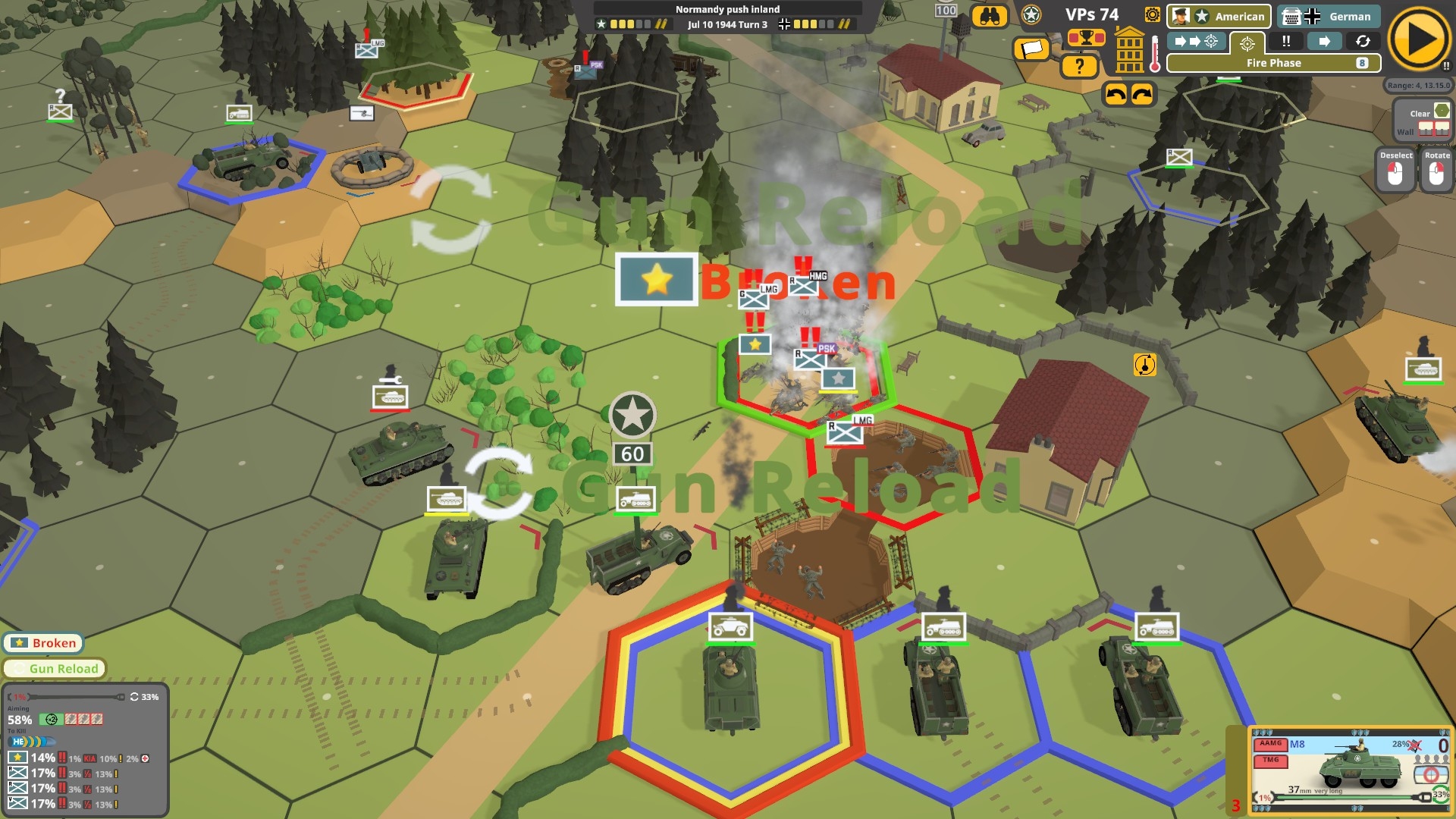
I understand where he’s coming from when he bewails the “reload lottery” too. It is indeed strange that the rate at which SF AFVs and artillery pieces sling shells isn’t determined by a combination of gun technology and crew quality* – the method used in many peer titles.
* Unlike infantry units which are either Elite, Veteran, Regular, or Green, SF vehicle and gun crews are of uniform quality.
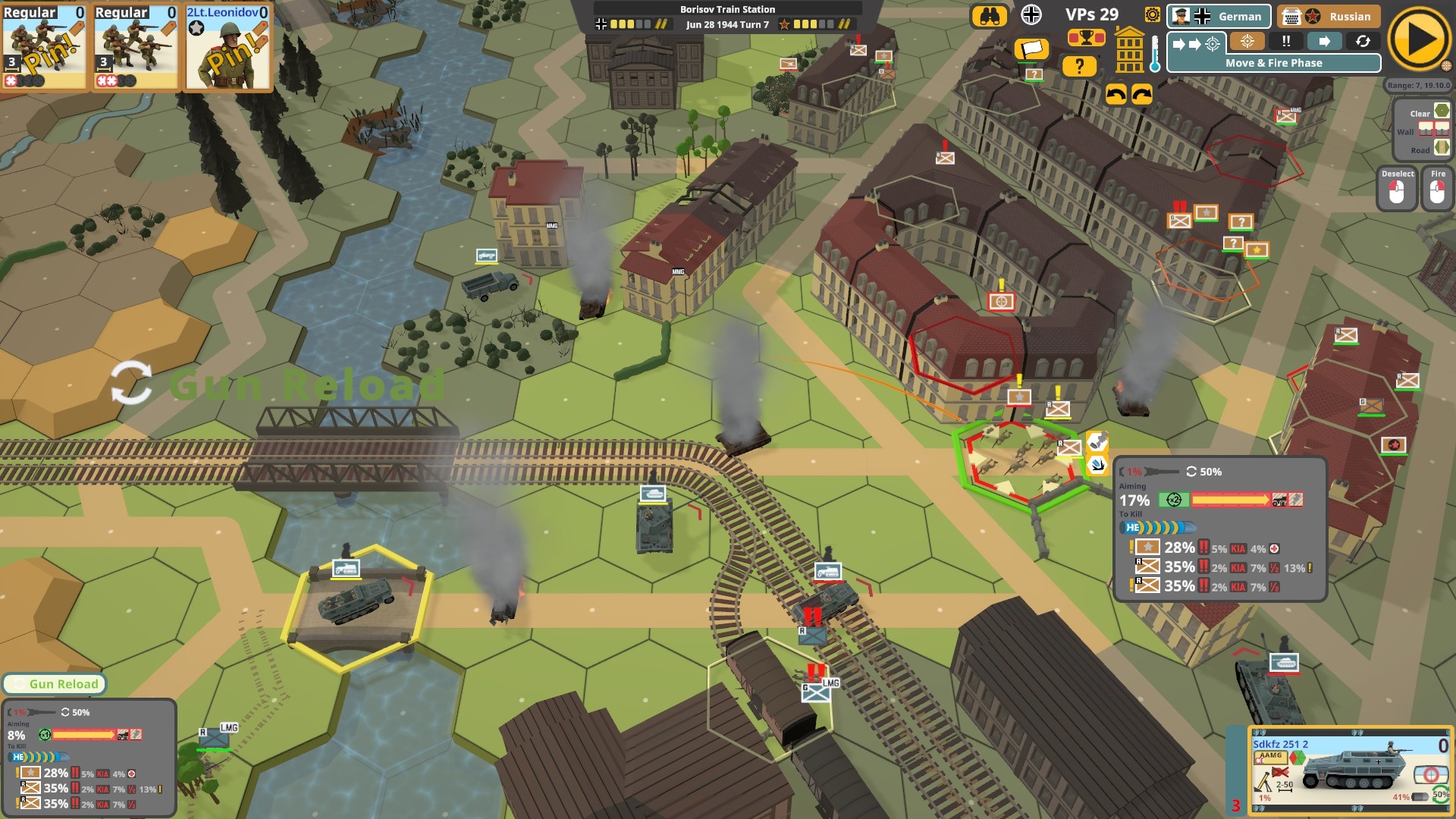
Instead, every reasonably wieldy heavy weapon type has its own ‘reload chance’ percentage (50% in the case of the mortar halftrack above). If a behind-the-scenes reload dice roll conducted after an attack, turns out well, that unit can fire again even at a new target. The rule means one AT gun, tank, or mortar might get to fire once in a turn while an identical but luckier compatriot gets to fire two… three… maybe even four or more times. For a scientific simulationist like Roman, this level of uncertainty and inconsistency is hard to stomach.
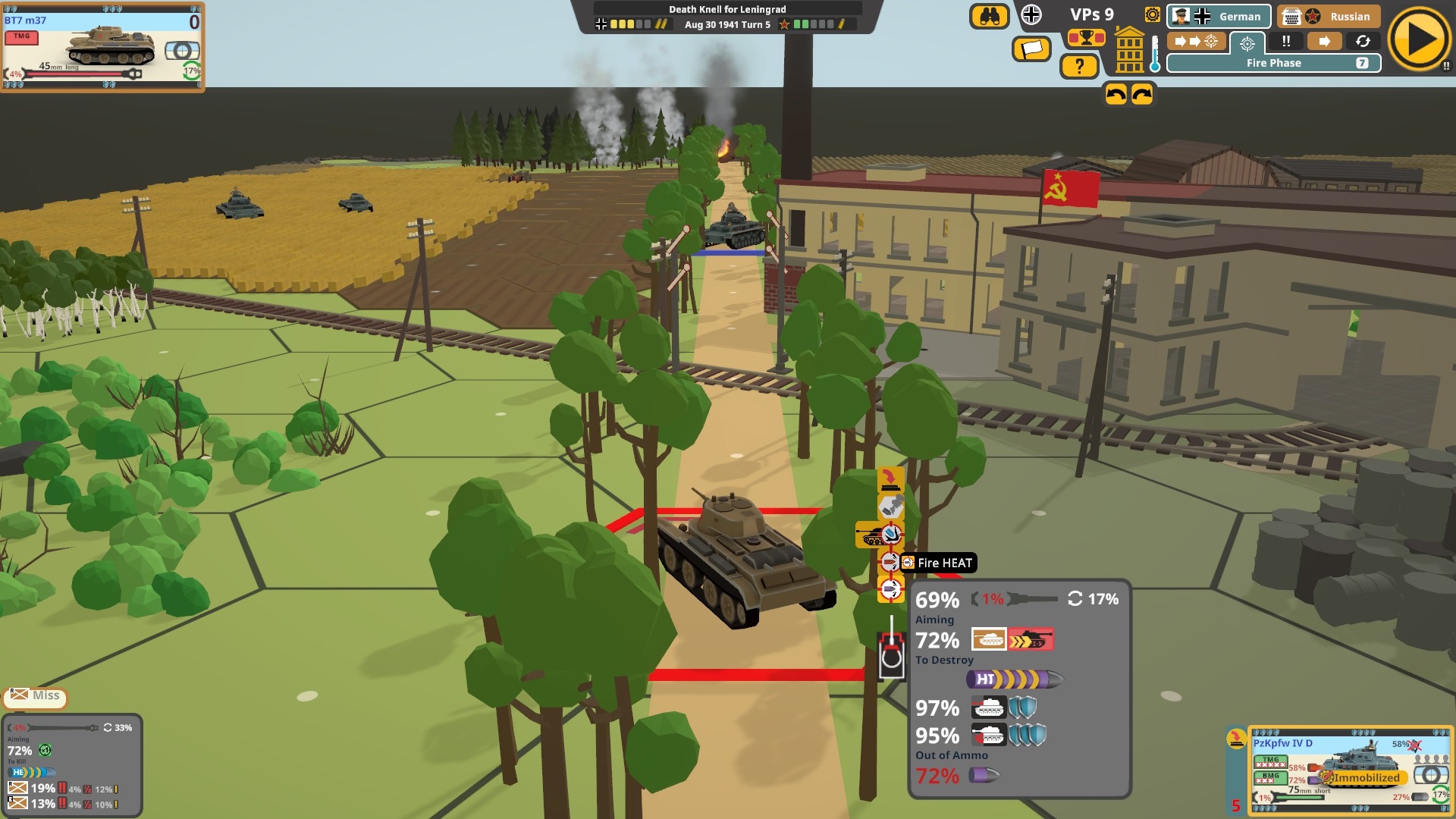
Unsurprisingly, THC’s fussy foxer fabricator also isn’t keen on the seriously vague way heavy weapon ammo supplies are modelled. In SF a vehicle or gun’s reserve of standard shell types such as HE and AP is always inexhaustible while specialist munitions such as HEAT and smoke rounds run out if a post-shot ‘out-of-ammo’ dice roll is too high. Want to design or play a scenario where an ammo-poor Tiger with a veteran crew is fighting for its life against a troop of ammo-rich but inexperienced Shermans? Choose another wargame.
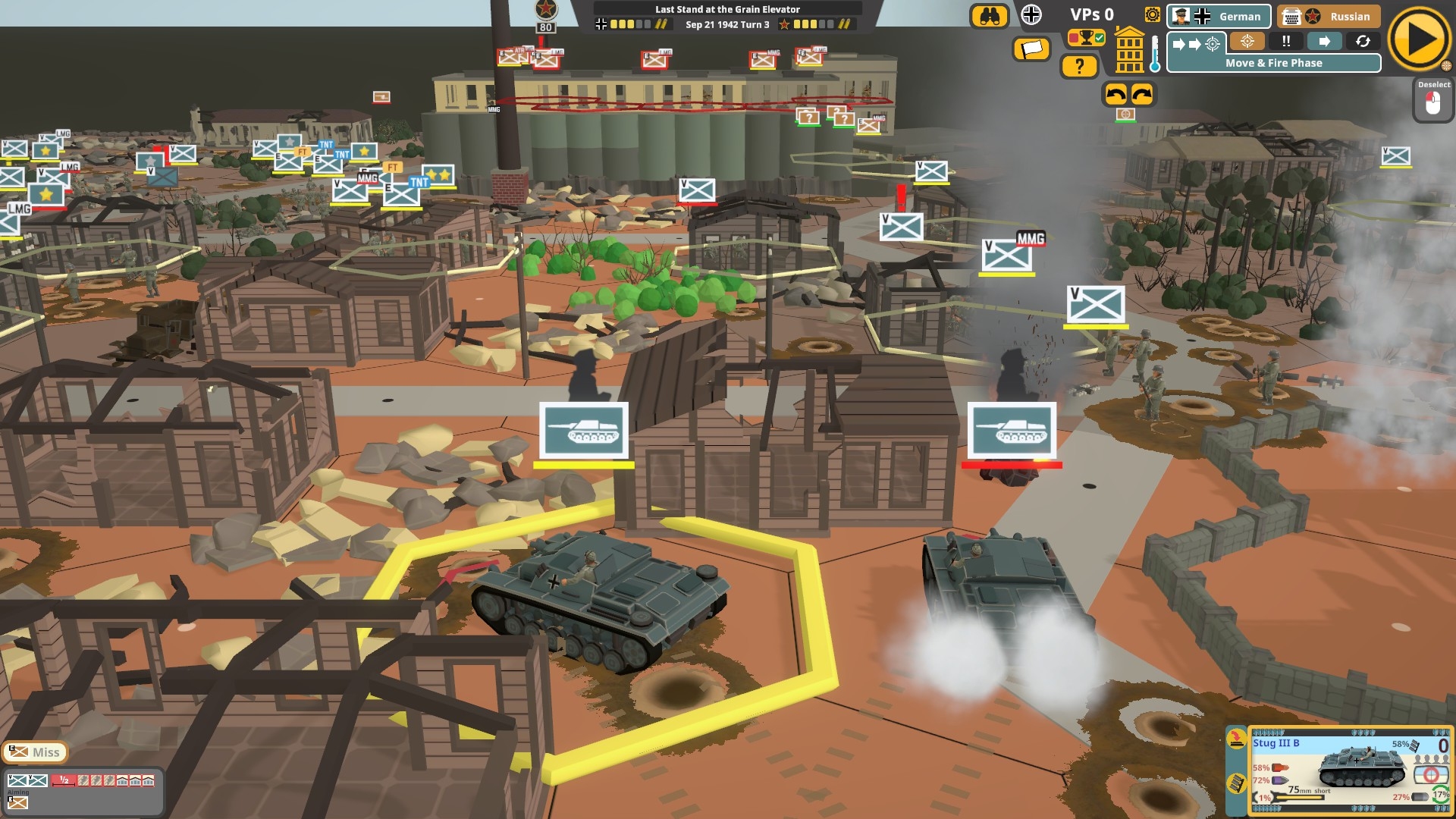
Happily, I think I’ve managed to persuade Roman that his perfectly understandable concerns will fade into the background if he presses on (Unlike him I’ve several weeks of intensive SF behind me). Yes, the game has its unrealistic quirks. Yes, you need to understand those quirks and play patiently – studiously even – in order to maximise your victory chances in scenarios that, thanks to disappointingly binary victory conditions and no attempt whatsoever to uphold the Difficulty Compact (more on which next week) can be pretty unforgiving.
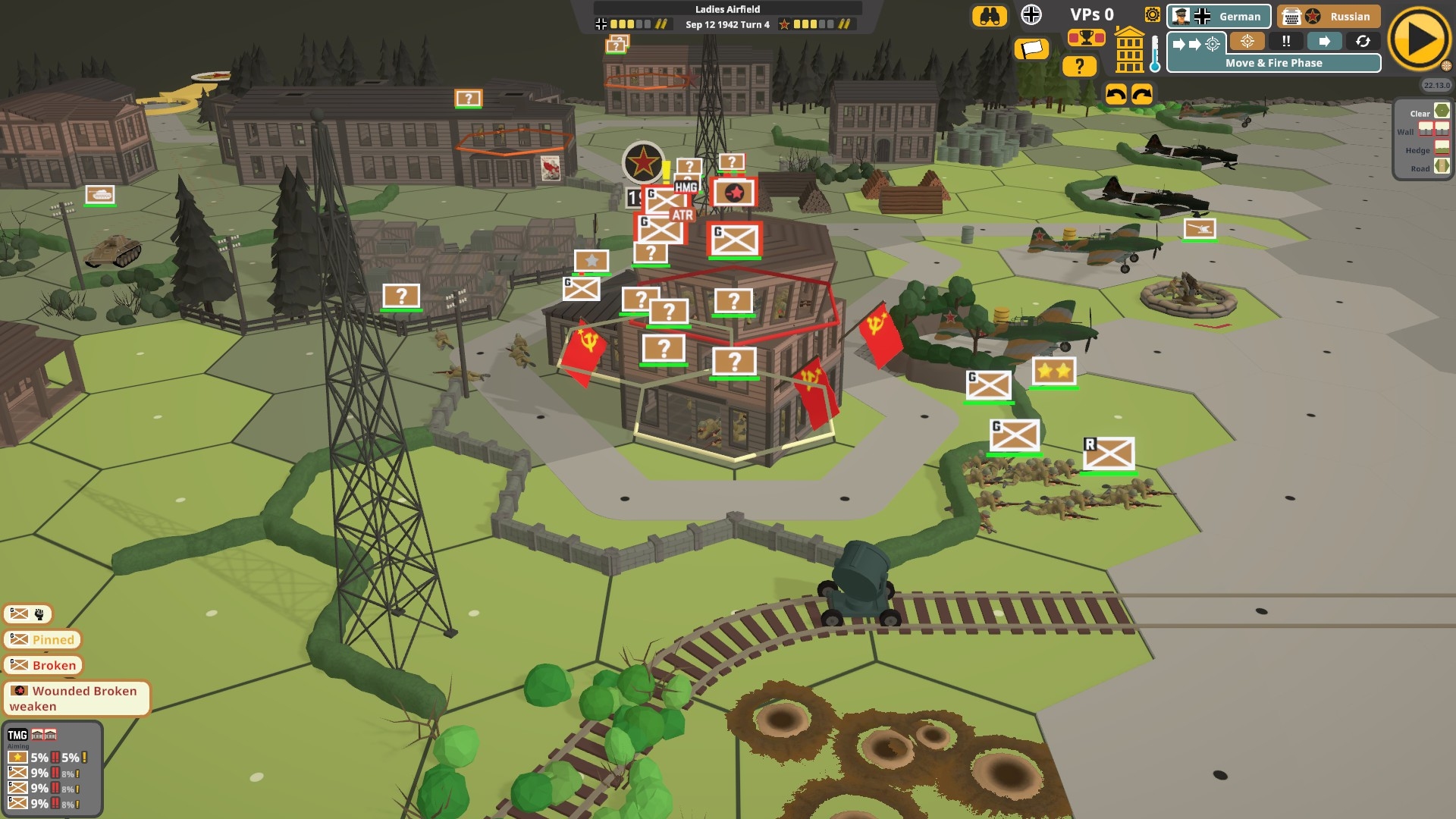
I know from our conversations that he feels Hexdraw have, on the whole, managed to capture the feel and dilemmas of WW2 ground warfare extremely well. I know that, during the past week, he’s witnessed the kind of mesmerising tussles-within-tussles that wargames rarely manage to produce. Seriously impressed by the variety and complexity of the battlefields where these micro dramas occur, and pleasantly surprised by the AI’s ability to navigate and boss said battlefields, thankfully he’s not in any hurry to shun Second Front for being needlessly hidebound.
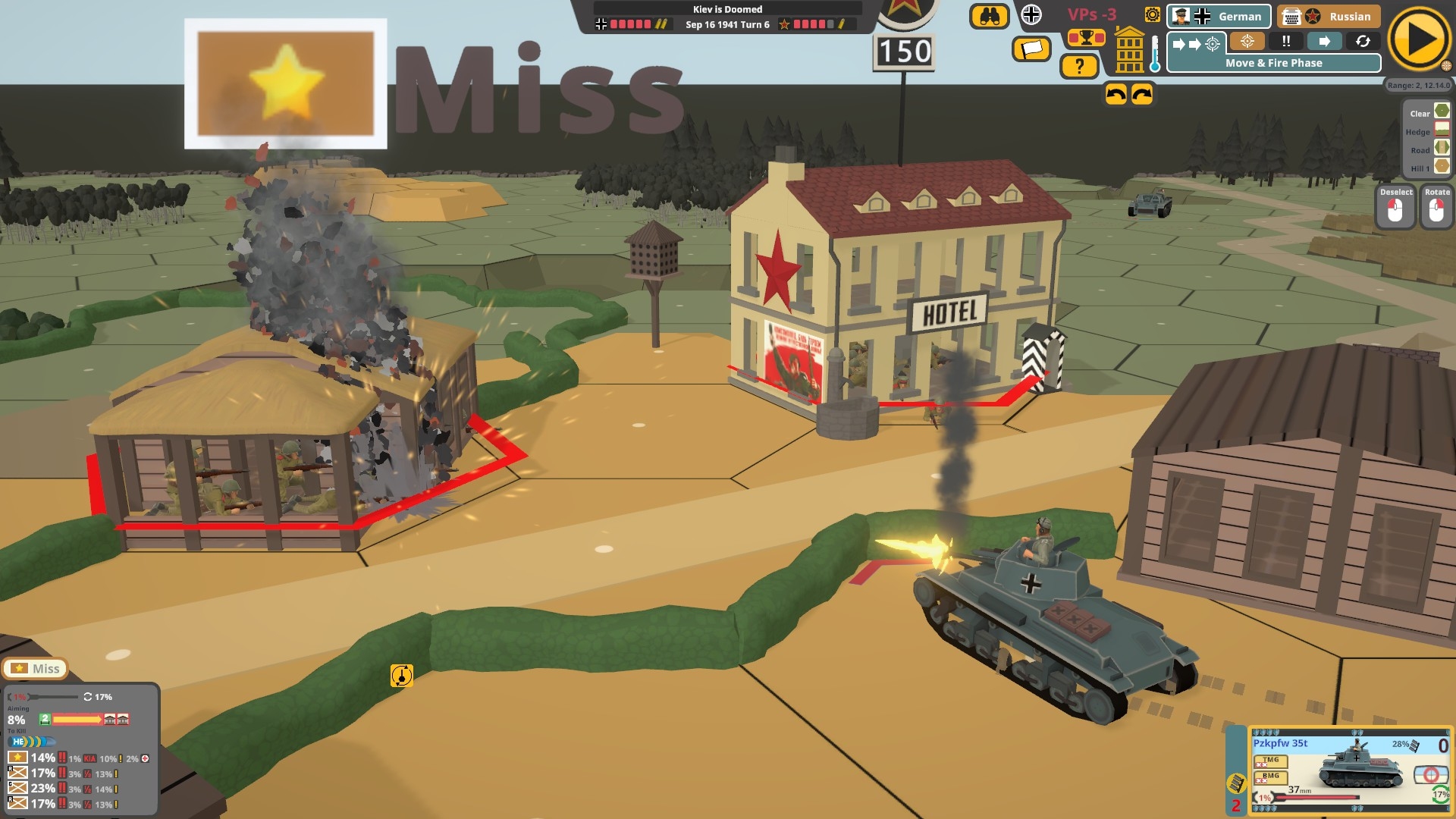
Me? Aware of a campaign bug (now fixed), I’ve spent most of the last seven days thoroughly engrossed by scraps plucked from the game’s substantial selection of single scenarios. My own list of complaints will be aired next Friday alongside a bevy of reasons why Second Front is still, three years on from this hopeful preview-cum-interview, “potentially my game of the year”.

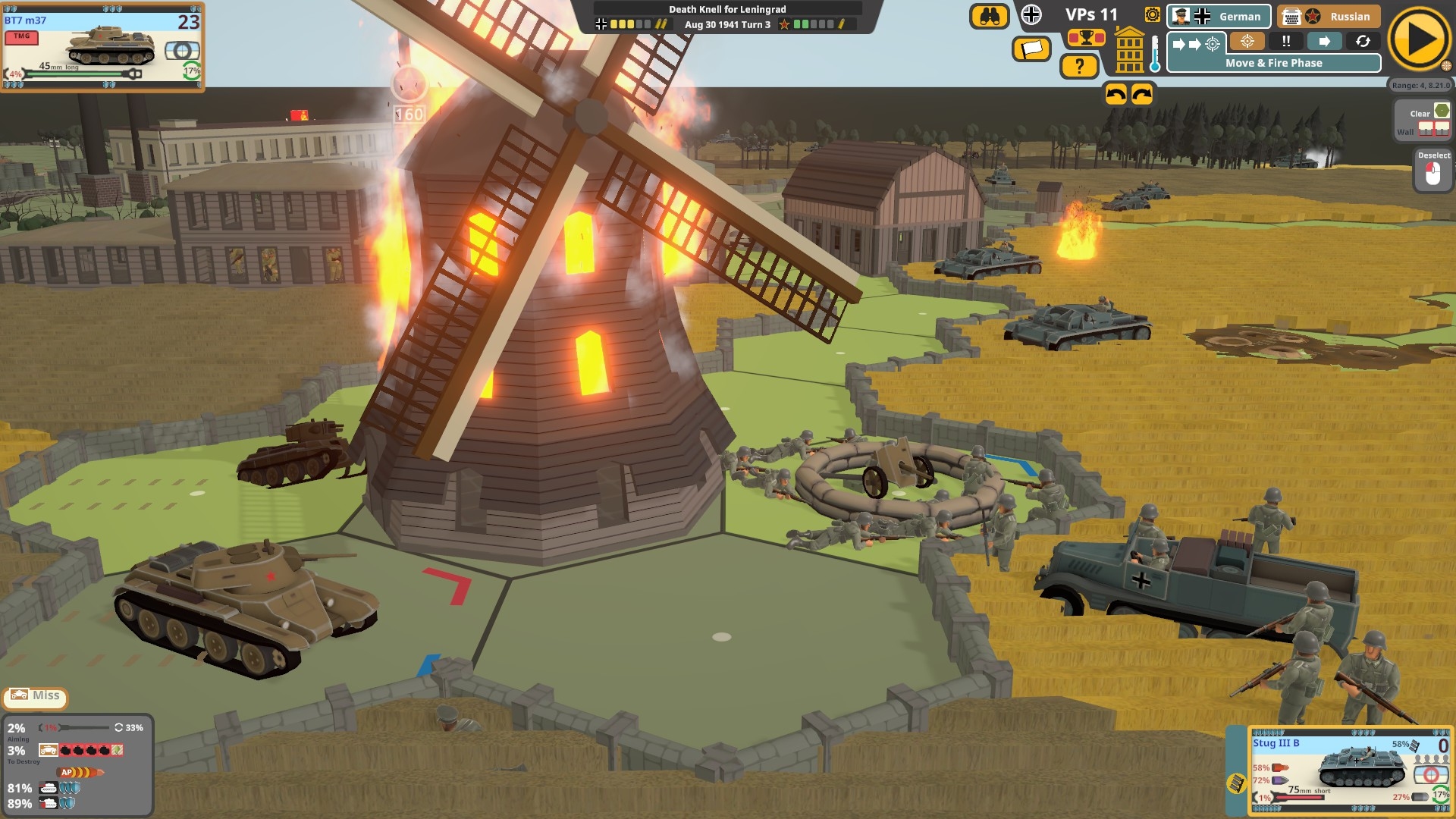
Good stuff Tim!
I’ve been looking forward to Second Front since you first wrote about it. Some of design decisions you’ve highlighted do seem a little odd but I remain optimistic despite Roman’s concerns and I hope they’re still on course to release it on the 31st.
(I’ve never been entirely sure, to what extent Roman is a real person, or an aspect of Tim’s personality)
(I don’t know what you’re talking about, I’m sure Roman is as real as Samantha and Sven, the resident scorers of I’m Sorry I Haven’t A Clue)
(I also have been wondering about this forever, but I don’t know if I want an answer)
(I’ve been wondering the same. The mystique is tantalizing and works really well for Tim’s writing.)
(I am sure Roman is as real as we want him to be.)
@trite&trueclaptrap
(I’m looking forward to ‘Joyce’s Spicy Takes’ (working title), viz:
“Isn’t it all a bit childish?”
“Couldn’t you just play chess?”
and “Shouldn’t you get some exercise?”)
Good to see your comments on this upcoming game. You cover a lot in your article. Yes, the distinct changes in range as you change one hex is a bit striking, but the game was based on the old tried and tested rules of the hex based wargames. You mention there is no way to set up ammo-poor or ammo-rich, but you can set the ammunition supply level for each side to low, medium or high and that adjusts the percentage of ammunition running out. This level is shown at the top of the screen, and usually two ‘bullets’ icons appear there, showing medium ammo level.
Looking forward to more comments on this game!
>> You mention there is no way to set up ammo-poor or ammo-rich, but you can set the ammunition supply level for each side to low, medium or high and that adjusts the percentage of ammunition running out.
True, but as this doesn’t effect HE or AP on most tanks, or reload chances, it’s not a particularly useful tool for scenario designers.
Tim-
Thanks for the preliminary review. As an old-school “hex-nard” Roman’s quibbles to me seem minor. However, I am anxious to read your meat and potatoes review next week on the game’s warts.
Thanks to you and Roman for the article.
KSBearski
This was a super helpful review.
I really resonate with Roman’s views about the range bands. A player probably can’t grok 9 range bands anyway, so why not have a hex-by-hex recalculation.
Being able to predict the potential outcomes of your actions is critical to any game, but it’s also important that a reasonable action has a reasonable outcome.
I agree that none of these are dealbreakers in and of themselves, but I do see how the aggregation of many small, poorly-explained inconsistencies pulls a player out of the game and makes it hard to feel that the experience is rewarding.
Fortunately, the scope of some of these changes seem pretty small, so maybe a review like this will help Hexdraw focus in on a few valuable bits of polish before their release.
I had not realized ASL was at the foundation of Second Front. Having played many a game besides ASL on the tabletop, this revelation is both exciting and perplexing. I love me some crunchy cardboard. But aren’t range bands a way to add granularity to the simulation when played by anthropods and not algorithms? And aren’t ammo die rolls both a dramatic device and a replacement to precise accounting? In a silicon sim, these devices do seem out of place. Is this a combat sim, or a tabletop combat sim sim?
Even so, I’d play the latter.
I think Roman has some fair points, the fact that multiple targets in a hex is almost too juicy to resist is something I think will be addressed in time, the range rules are a bit clunky but it’s clunky for everyone but also fixable in time, I just purchased SF but I’m spending a lot of my free time in Flashpoint Campaigns Southern Storm and my only playtime was the last playtest but I did have a blast and I’m looking forward to what SF has to offer, another minor gripe I had was terrain obscuring units and after the playtest I mentioned this in the feedback and asked about any option to remove or reduce terrain graphics as a hotkey or option to help with making moves and planning.
All in all I think it will be a welcome addition to small unit tactical games.
Not sure I understand the complaint about target “culling”. Bunch up on a modern battlefield and you’ll be in real trouble. Not only is it easier to hit more people, it’s also easier to see them in the first place. Yes, a Squad Leader player would instinctively know not to bunch up his units (you can still mass fires in SL/ASL by being adjacent), but it should also be instinctive for a non-gamer as well. What does your friend Roman think happens when a machine gun shoots at an area? They’re not firing at individual people, they’re laying down bullets “to whom it may concern.”
I think part of the reason Roman has a problem with the way SF treats crowded hexes is the inconsistency. In this image…
https://tallyhocorner.com/wp-content/uploads/2023/01/sfRoman20.jpg
…a German HMG and MMG firing together have just broken the three US squads at the far end of the ‘column’. None of the intervening units – US or German – in the column were at risk from the fusillade, and the chance of the firers breaking the furthest away cluster of GIs was exactly the same as their chance of breaking the closest (43%).
If the game randomly (?) selected a ‘most vulnerable target’ in crowded hexes (especially building, forest, and bocage-edged ones) and reduced the risk to the other targets, and if it made bunched targets fired on by rifle squads less prone to “crowd culls”, he’d be happier. Such changes would help the AI in particular. As you point out, experienced tactical wargamers instinctively know not to bunch even when the game is surreptitiously encouraging it (through leadership buffs in this case).
I was super excited for this one! Have to say, a tad disappointed so far. Only played four or five hours so it’s very early days, and I am hoping it it will grow on me, especially once I have got used to it. But so far the time pressure on objectives is in my opinion making the game unfairly hard and puts a lot of pressure just to throw units forward. I have lost quite a few games now as well where I felt I was dominating only to not notice a VP hitting zero and instant game over. Routing units also feel a bit of a mess to me, an enemy unit will run across an open field, I will light them up, they will rout, quite often forwards into a nice building where next turn they rally and are in a much stronger position than they started. By mid point in a game units are just spread everywhere from all the routing and rallying! I am also finding the graphics whilst clear in some aspect, a bit of a mess when you have multiple units in woods near buildings and in the same building. Disappointing as in the screenshots the game looks lovely and crisp and uncluttered. The previously mention range and hex issues as well are perplexing and dont get me started on the sounds of guns, which all sound very weedy! So far its just making me want to boot up Combat Mission again. This is all a tad harsh I am sure as there are some lovely aspects to it and I think once I get used to it, as well as try out some of the bigger maps my opinion will improve. I also think a few patches and tweaks to make it play like amore traditional war game could work wonders. It may just be that the board game routes are what feels a bit off to me.
>> the time pressure on objectives is in my opinion making the game unfairly hard
A “+25% VPs?” tickbox in the options would be very popular I reckon.
>> I am also finding the graphics whilst clear in some aspect, a bit of a mess when you have multiple units in woods near buildings and in the same building.
The free cam available in the preview build made untangling unit icons much easier. The sooner it returns, the better.
>> And don’t get me started on the sounds of guns, which all sound very weedy!
Something I really should have mentioned in my review.
Your review, which was great by the way, has encouraged me to persevere. There looks to be a huge amount of content and I have barely scratched the surface (prob because the scenarios are quite hard to unlock!!)
I just went in expecting a more modern version of Battle Academy 2 but with cutsey graphics and destructible buildings. Instead it plays more like a board or puzzle game.
Agree on some customisation on VP option, and/or option to remove completely for a more leisurely game. Some settings to tweak difficulty would be good. Thankfully the game seems quite moddable and hopefully its regularly updated with official changes as well. A quick scan of the Steam reviews and looks like I am not the only one suffering frustrating with the way units rout so hope that’s looked at.
Curious about the free cam! Not sure if I have just been spoilt by various recent RTS games, but I did go in expecting to be able to use W and E to rotate the camera to any angle I wanted, rather than just one of four direction. Was disappointed at that, so hopefully the free cam does indeed return!